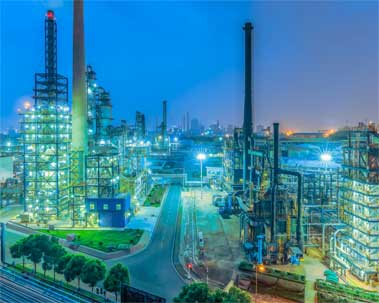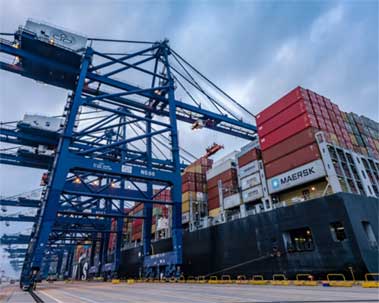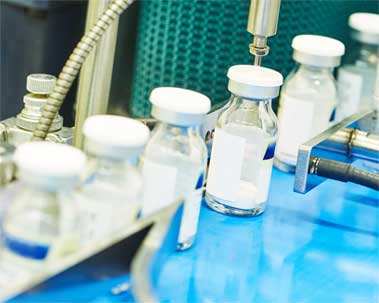Mechanical Seal in Pump Structure
1. Internal structure of a pump
A pump refers to a machine that used to move fluid, just as it lifts fluid inside. For example, its impeller rotates to move water.
2. Installation position of mechanical seal in pump
The mechanical seal is installed on the rotating shaft of the impeller which prevents fluid from leaking through the gap between the pump body and the shaft.
3. Installation position of mechanical seal on shaft
The mechanical seal is mainly composed of two rings: the rotating ring on the shaft and the fixed ring on the pump housing.
4. Mechanical seal structure (fixed ring and rotating ring)
The rotating ring rotates with the axis. The retaining ring and the rotating ring rub against each other to ensure a micron level gap between them. Where they rub against each other is called "face material." The surface material of the friction between the fixed ring and the rotating ring is the most important part, which can be used as the barrier of the fluid. If the gap is too small, friction will increase, which can hinder shaft movement or cause seal damage. On the contrary, if the gap is too large, the liquid will leak. Therefore, it is necessary to control the clearance at micron level to prevent leakage, but at the same time, ensure that it is lubricated by fluid, so as to reduce the sliding torque and avoid hindering the rotation of the machine.
Mechanical seals are designed for most pump, mixer and agitator applications in maintenance. In other cases, seals must be designed to meet the evolving industrial needs. The basic mechanical seal design of the rotating surface can adapt to a variety of seal applications, including compressors. Standard mechanical seals are best suited for temperatures of 500 degrees Fahrenheit and shaft speeds of 3600 rpm. The choice of the type of secondary seal usually determines the temperature and chemical properties of the seal. The combination of materials used in rotating and stationary surfaces defines wear and chemical resistance. The combination of sealing surfaces will also determine the energy consumed by the pump, mixer, agitator or compressor. The sealing surface can be balanced to achieve a higher pressure seal.
 English
English français
français Deutsch
Deutsch Español
Español italiano
italiano русский
русский português
português العربية
العربية ไทย
ไทย čeština
čeština Polska
Polska


